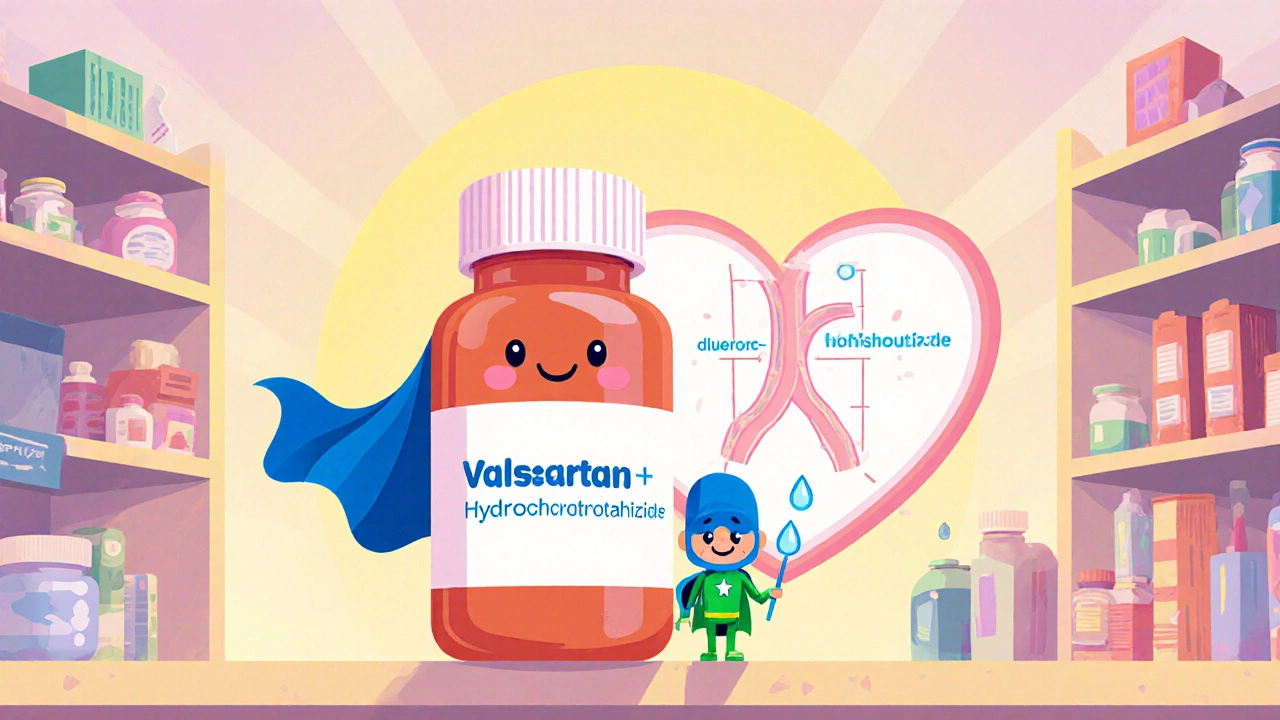Blood Pressure Medication and Gout Risk
When dealing with blood pressure medication, drugs used to lower high blood pressure and protect the heart. Also known as antihypertensives, it can interact with other health conditions, especially gout, a painful arthritis caused by uric acid crystal buildup. Certain antihypertensives, particularly diuretics, water pills that help the kidneys remove excess fluid, may raise uric acid levels and trigger gout attacks. Understanding this link helps you choose safer options and avoid surprise flare‑ups.
Because gout stems from elevated uric acid, a waste product formed when the body breaks down purines, any drug that reduces kidney clearance of uric acid can increase risk. Classic thiazide diuretics and loop diuretics are common culprits. However, not all blood pressure meds act the same way. Calcium‑channel blockers, ACE inhibitors, and ARBs generally have a neutral effect on uric acid, making them better choices for gout‑prone patients. Picking the right class depends on your overall health profile, not just blood pressure numbers.
How to Manage Gout Risk While Controlling Hypertension
First, talk to your doctor about your gout history before starting any antihypertensive. A simple blood test can show your serum uric acid level; if it’s high, your provider may steer you toward non‑diuretic options. Second, lifestyle matters. Reducing foods high in purines—like red meat, organ meats, and certain seafood—can lower uric acid production. Staying hydrated helps the kidneys flush out excess uric acid, which is especially important if you’re on a diuretic.
Third, consider supplements that support uric acid balance. Vitamin C, cherry extract, and omega‑3 fatty acids have modest evidence for lowering uric acid. If you already have gout, your doctor might add a urate‑lowering medication such as allopurinol. Combining that with a gout‑friendly blood pressure regimen can keep both conditions in check.
Another practical tip is timing. Taking diuretics in the morning reduces nighttime bathroom trips and may lessen dehydration risk. Pairing the dose with a glass of water helps maintain fluid balance. If you experience a gout flare, short‑term NSAIDs or colchicine can control pain while you adjust your blood pressure plan.
Insurance and cost can influence drug choices. Generic thiazides are cheap but pose a higher gout risk. Meanwhile, newer ACE inhibitors or ARBs may cost a bit more but often provide better overall protection for joint health. Check with your pharmacy about price‑match programs or bulk‑fill options.
Monitoring is key. Keep a symptom diary: note blood pressure readings, gout pain episodes, and any diet changes. Share this record with your healthcare team during visits. Regular follow‑ups let you tweak medication doses before problems become serious.
Finally, don’t ignore other risk factors. Obesity, alcohol intake, and kidney disease all raise uric acid levels. Managing weight through regular exercise and moderate alcohol consumption can dramatically cut gout attacks, even if you need a diuretic for blood pressure.
By combining the right antihypertensive class, sensible diet, proper hydration, and targeted supplements, you can control your blood pressure without inviting gout. Below you’ll find a curated set of articles that dive deeper into each medication type, lifestyle tweaks, and supplements that help keep uric acid in check. Use them as a roadmap to discuss personalized strategies with your doctor and stay ahead of both hypertension and gout.
Explore if the blood pressure combo valsartan-hydrochlorothiazide raises gout risk, who’s vulnerable, and how to manage it safely.

